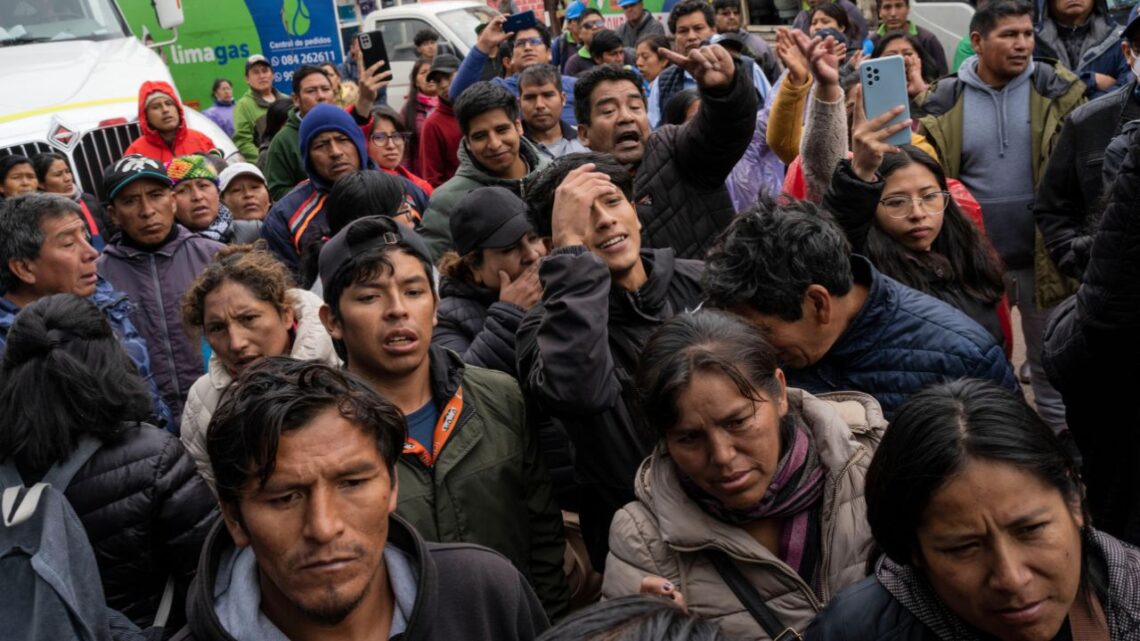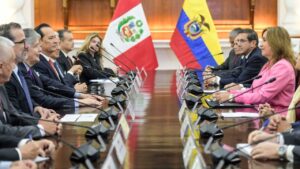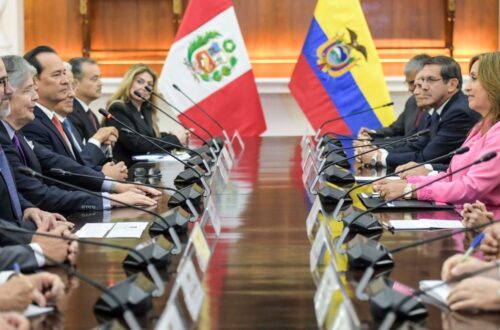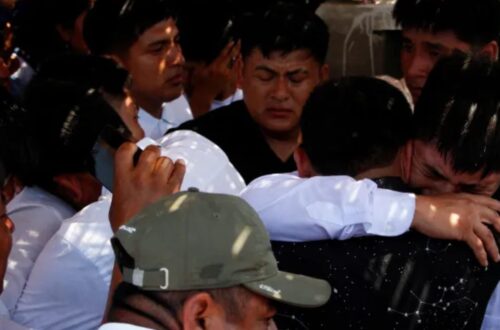In its October meeting, Peru’s central bank opted to keep its benchmark interest rate at 4.25%, the lowest level seen in three years.
This decision comes amid muted inflation and a mounting political storm that threatens to unsettle markets, investment, and economic momentum.
In this article, we explore the reasoning behind the move, the surrounding political drama, and the implications for Peru’s macro outlook.
Key Data at a Glance
| Indicator | Current Value / Status |
|---|---|
| Policy (benchmark) rate | 4.25% (unchanged) |
| Decision date | October 9, 2025 |
| Inflation (Lima, YoY) | Around 1.3%–1.4%, within target band |
| Impeachment process | Motion advanced; final removal vote requires 87 of 130 seats |
| New motion signatories | Over 30 lawmakers backing fresh impeachment efforts |
Why the Central Bank Held Steady at 4.25%
Peru’s central bank has been gradually easing from prior tightening cycles, with the aim of supporting economic activity without destabilizing inflation expectations.
The recent cut to 4.25% was viewed by many as reaching a neutral floor or “terminal” rate under current conditions, and thus the bank chose to pause further cuts for now.
Inflation remains subdued, particularly in core price categories, and continues to hover comfortably within the central bank’s target range.
This gives monetary authorities breathing room to assess how factors like political risk and external uncertainty might affect the economy before making additional rate changes.
The Political Maelstrom: Impeachment, Instability, and Risk
The backdrop to the monetary pause is a deepening political crisis.
Congress recently advanced an impeachment trial against President Dina Boluarte after allegations of mismanagement, rising violence, and governance failures.
The initial vote to authorize the trial passed, and now the challenge is to secure 87 votes in a future session to oust her.
Parallel to this, a new impeachment motion has been filed, gathering signatures from dozens of lawmakers.
The opposition is coalescing across party lines as attention turns to April elections, with political realignments and uncertainty growing by the day.
This fragility matters economically: heightened political risk can erode confidence, delay investment projects, increase risk premiums, and pressure the currency and debt markets—elements that interact with monetary policy decisions.
Implications and What to Monitor
- Inflation trends
Watch forthcoming monthly CPI prints and core inflation data. If inflation stays anchored near 2%, the bank retains flexibility. But any rebound could force revisiting policy. - Congressional maneuvering
The success or failure of the impeachment drive will shape political stability and investor sentiment. A successful removal could reset expectations, while a failed push could breed ongoing gridlock. - Monetary guidance
The central bank may shift tone in its next statement—either cementing 4.25% as the floor or signaling a modest cut if growth softens sharply. The balance of risks leans heavily on data and political developments.
Peru’s decision to hold its policy rate at 4.25%, a three-year low, underscores a cautious central bank balancing modest inflation with rising political turbulence.
By pausing, the bank is signaling that it’s waiting for clarity—on CPI trends, Congress’s impeachment drive, and broader investor sentiment.
As politics deepen in the coming weeks, the next moves in interest rates will hinge on whether inflation remains anchored and whether the government can stabilize its footing.









